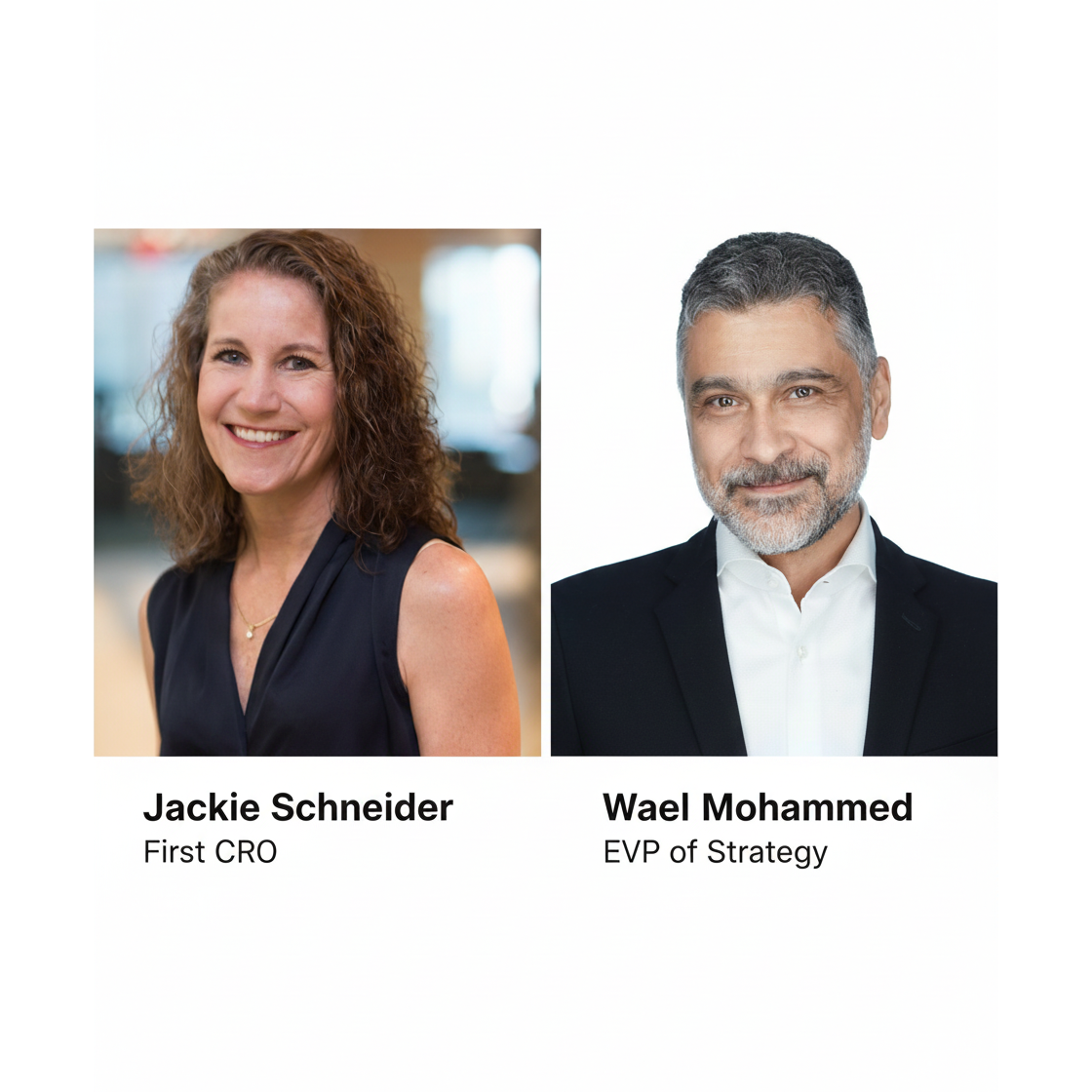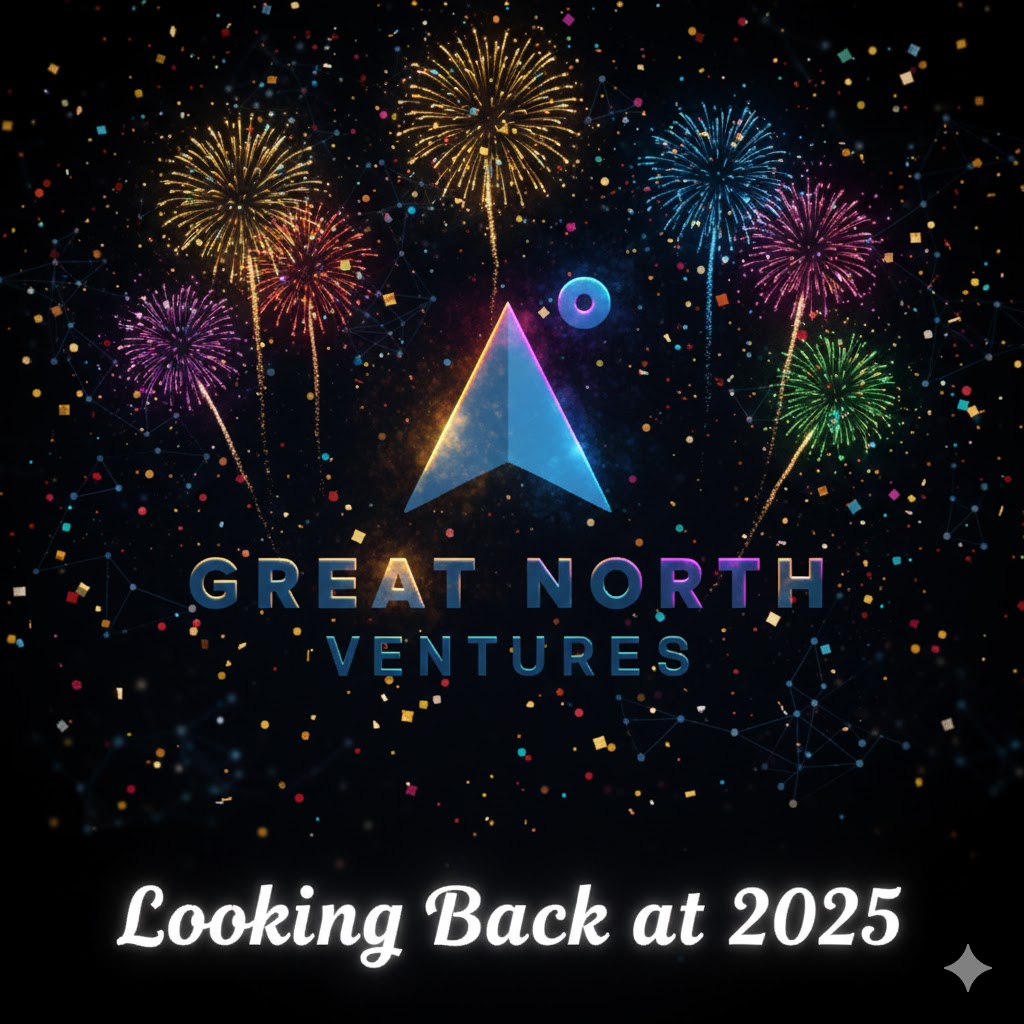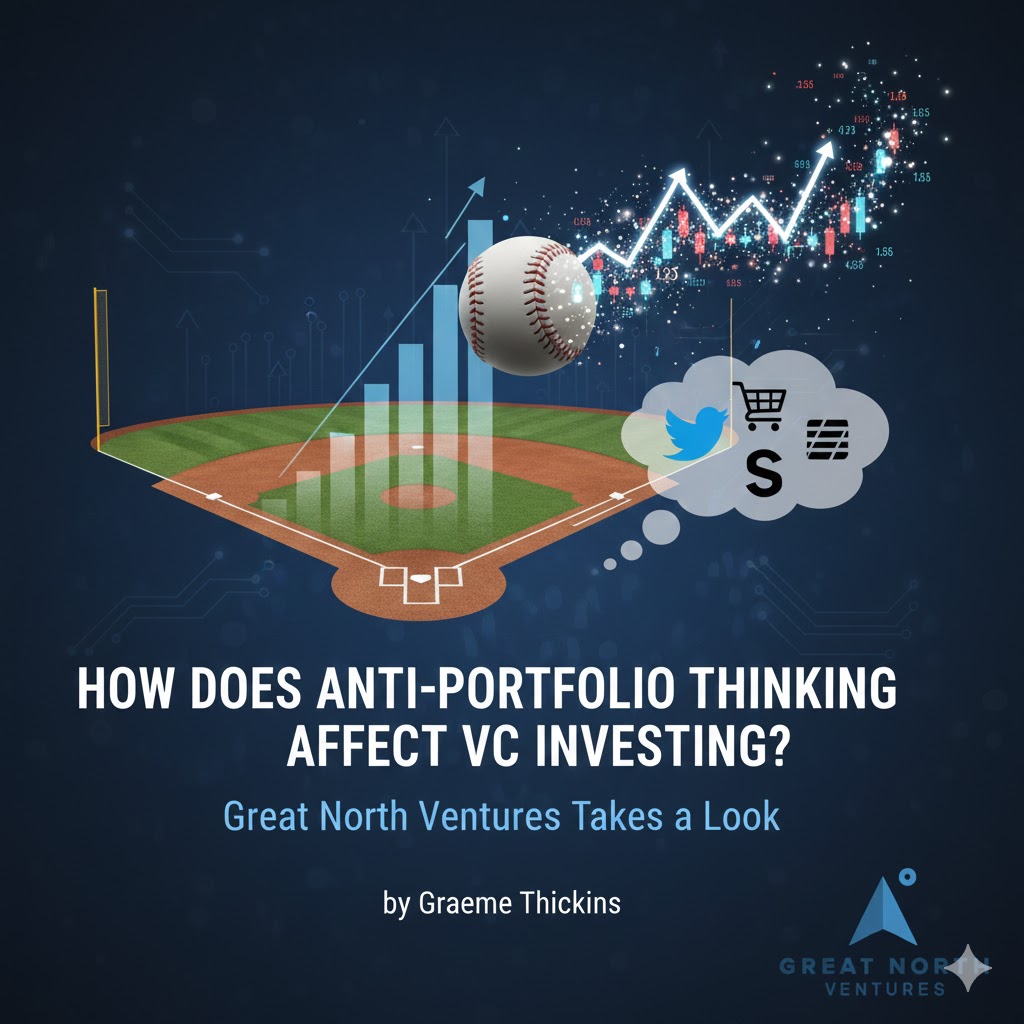IoT and Analytics – Organizing the Industrial Internet

Figure 1: The third revolution: IoT and Analytics. [Image credit: General Electric]
The Evolution of IoT – Where we Came From
The first generation of IoT systems (IoT 1.0) was built mostly with data collected from IP-based sensors by monitoring applications. Whether standalone or embedded in phones, low-cost sensors, compact packaging and distributed power enabled new endpoints and systems. These monitoring applications served needs such as asset tracking, fitness monitoring, mood lighting, physical security, and others.
The second generation (IoT 2.0) leveraged the capabilities of infrastructure tools such as edge gateways, publish-subscribe buses, data warehouses, and API-based integration. The edge gateways allowed IP network segments to connect to sensor bus segments using a diverse set of protocols (e.g., RS-422, RS-485, BACnet, CAN, Fieldbus, Hart, LonWorks, Profibus, Seriplex, Zigbee, Z-wave, and others). The gateways extended the reach of these IoT systems across the many incumbent protocols and enabled the integration of the IP segments with legacy systems. The publish-subscribe buses made data-driven software architectures easier to implement and scale. The data warehouses enabled the integration of structured, semi-structured and unstructured data. The integration APIs enabled ingestion of data at scale. Together, these new building blocks enabled larger-scale IoT applications such as home monitoring, smart metering, power grid management, parking systems, next-generation environmental controls in buildings, windmill farms, warehouse management, etc., with varying degrees of commercial success based on the benefit provided vs. the insertion economics of each use case.
Today’s Frontier
With the larger data sets enabled by frameworks such as Hadoop and big data software such as Pivotal, the third generation of IoT systems (IoT 3.0) is integrating analytics for decision-making. These analytic platforms enable the processing and visualization of the IoT data sets. The large data sets and analytic tools identify aberrations with higher levels of confidence (statistical power) and detect ‘signals’ not seen before, they have lower detection thresholds, greater measurement sensitivity, and higher accuracy.
Applications based on these capabilities range from physical security for homes, buildings, and warehouses; to detection of diseases like lung disease, cancer metastases, or cardiac arrhythmias (see the Mayo Clinic and AliveCor’s recent work); and complex chemical analysis as in rare earth element detection. The availability of computing platforms at the ‘edge’ (e.g., gateways) enables distributed/local analysis.
“The Internet of Things is giving rise to a tsunami of data,” said Great North Labs advisor Ben Edwards (founding team member of home automation pioneer SmartThings). “The billions of residential sensors in people’s homes and the personal sensors on their bodies are sources of data of value to each of us, and depending on what we make available to others, to family members for our safety and well-being, to the retailers we buy from, to the health practitioners who take care of us.”
 The proliferation of machine learning algorithms with new programming environments such as Python and dataflow libraries such as TensorFlow has opened up a wide range of new applications. These include anomaly-based security alerts, health and fitness monitoring, genomic analysis and biomarker detection for disease prediction, drones, and self-driving cars.
The proliferation of machine learning algorithms with new programming environments such as Python and dataflow libraries such as TensorFlow has opened up a wide range of new applications. These include anomaly-based security alerts, health and fitness monitoring, genomic analysis and biomarker detection for disease prediction, drones, and self-driving cars.
The addition of machine learning libraries to established platforms such as Matlab, R, SAS, and SPSS, is enabling insertion of machine learning into legacy applications.
The availability of these tools in public and private clouds has made their accessibility and deployment even easier.
Together, with supervised and unsupervised learning, the machine learning software is processing data sets with high data dimensionality, like those from mining, voice processing, drone navigation, and self-driving cars.
The integration platforms and IP-based communication are also enabling the integration of the IoT world with the enterprise world, making applications possible across hybrid computing and control environments such as airports, buildings, cargo ships, factories, hospitals, refineries and oil rigs. While this creates security issues for the enterprise as well as control systems, solutions such as micro-segmentation of hybrid systems are beginning to emerge.
Tomorrow – The New Startups
With products from companies such as Nvidia, Intel, Qualcomm, Broadcom, and now Google, real-time computing power is becoming available at the edge. With easier integration and low cost, it is becoming embeddable at sensing endpoints for applications such as drones, self-driving cars and trucks, personal walking/talking robots, personal assistants, point-of-care diagnosis, no-POS retail, smart logistics, and smart city applications from parking lots to secure airports and intelligent highways.
Adoption Outlook
Beyond analytics and monitoring, this fourth generation of IoT systems will be able to use analytics and machine learning for controls.
What is the outlook for the adoption of these applications? The answer is: it depends. And it is best found through analogies.
How confident do today’s chess masters or masters of the game of Go today feel betting against the machine? IBM’s Deep Blue computer beat chess champion Garry Kasparov in 1997. And as Great North Labs advisor Mitch Coopet (CEO of AI-focused Aftercode) points out, “Since 2016, Google’s Alpha Go platform has won against several Go masters using improved deep learning techniques.”
Or, when will the day come when your x-ray machine will have better diagnostic accuracy than your radiologist? Ahem, that day is already here.
Or, when will Alexa be able to detect tonal infection to assess mood? Based on indications from Amazon and makers of social robots and AI assistants, sentiment analysis will progressively improve the way machines will interact with humans.
Or, when will we be comfortable with self-driven cars? Completely autonomous navigation in 5-7 years may be unlikely, but it is equally likely that in 20 years, self-navigation will become a required safety feature for new cars.
Given the range of answers above, it is not a matter of if, but when, that real-time control using machine learning will be common. These systems will be able to handle use cases as diverse as (i) detecting rare earth minerals to help navigate the earthmoving equipment towards richer ore in a mining operation, (ii) making real-time sweeps at airports to pinpoint explosives across large masses of people, luggage, and infrastructure, (iii) ensuring that the robots deployed in automotive assembly stay within the extremely tight tolerances of frame construction, and (iv) predicting the failure of a component in a high value CT scanner or remote ATM to dispatch the skilled repairman in a timely way to avoid downtime (a business that Great North Labs has invested in).

The Innovation Ecosystem of the Industrial Internet
“Business Insider projects that there will be 55 billion IoT devices operating in the world by 2025, impacting a broad set of industries including automotive, consumer products, electronics, medical devices, and industrial equipment,” notes Great North Labs advisor Robert Bodor (Vice-President and GM, Americas, at Protolabs).
At Great North Labs, with an ambitious vision, we aim to help build the innovation ecosystem of the Industrial Internet visualized by IoT 3.0. This is because we believe the ingredients to build it are uniquely within reach for us.
The three pillars of any tech-enabled disruption are entrepreneurs/developers, adopters/enablers, and capital.
- Entrepreneurs/developers. The Upper Midwest created the industrial enterprise. Companies such as 3M, Caterpillar, Emerson, Ford, GM, Honeywell, Johnson Controls, Rockwell, Toro, and many others, have been in the industrial enterprise as their core business for several decades. Their alumni understand the problems and opportunities of the industrial enterprise unlike any others in any other region of the world. The hungry entrepreneurs studying machine learning, paired with vertical experts who have worked on these problems, comprise the ideal startup teams to build the IoT 3.0 applications. The Upper Midwest uniquely provides this talent.
- Adopters/enablers. While the industrial enterprise companies themselves may have limited appetites for leading innovation, they understand that market inflection is around the corner, and they are prepared to have their customers lead the way to achieving market alignment. Partnerships with these companies through co-investments, pilots, and sales affiliation to reach their customers and insert the innovations with minimal risk is the most effective path to adoption.
- Capital. Channels for entrepreneurial capital include venture funds, incubators and accelerators, and corporate investment funds. Of these, we believe that the first two provide the most efficient path for innovators, and that they create the on-ramp for in-house corporate teams to acquire well-formed companies that have demonstrated a strong product-market fit and, through later-stage funding, have even scaled their businesses. The Silicon Valley startups of yesterday that comprise some of the biggest market caps today have done exactly that. We believe that over an extended period, the Industrial Internet can deliver similar outcomes in the Upper Midwest.






